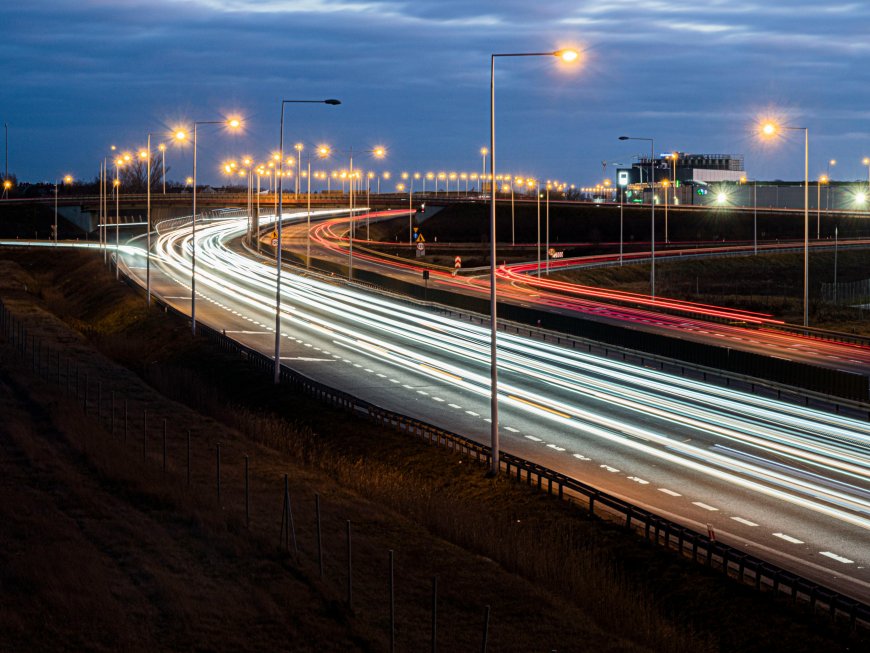Over 20% of Europeans Exposed to Harmful Noise Pollution Levels
A recent European Environment Agency report reveals that more than 20% of Europeans, totaling over 110 million people, are exposed to high levels of transport noise exceeding EU thresholds. This noise pollution has detrimental effects on health, the environment, and the economy, calling for urgent action at both EU and national levels.

More than 20% of Europeans, over 110 million people, are exposed to high levels of transport noise that exceed EU thresholds, harming health, environment, and economy, says a European Environment Agency (EEA) report. The report urges stronger EU and national action to tackle the issue.
Progress in reducing noise exposure has been slow, risking missing the EU's 2030 zero-pollution target. Long-term transport noise exposure in Europe is linked to health issues like cardiovascular diseases, mental illness, and premature death, with children being particularly vulnerable.
The economic costs are significant, with noise pollution from transport sources resulting in annual costs of at least EUR 95.6 billion in Europe. The report calls for urgent action by all EU Member States to address noise pollution and meet the 2030 zero pollution goal.
Road traffic is the main noise source, affecting around 92 million people, while railway and aircraft noise impact 18 million and 2.6 million people respectively. Stricter noise guidelines suggest that over 150 million Europeans are exposed to unhealthy noise levels from transport sources.
Noise pollution has extensive health impacts, leading to premature deaths, cardiovascular diseases, diabetes, and mental health disorders. For children, noise exposure contributes to reading impairment, behavioral problems, and obesity.
Transport noise ranks among the top three environmental health threats in Europe, with greater health impact than second-hand smoke or lead exposure. Wildlife on land and in the sea are also affected by noise pollution, with marine life disrupted by underwater noise from shipping and offshore activities.
The report highlights the need for additional action to meet noise reduction targets, suggesting solutions like improving access to quiet spaces, reducing speed limits in urban areas, and promoting sustainable mobility.
According to the source: EEAS.
What's Your Reaction?
 Like
0
Like
0
 Dislike
0
Dislike
0
 Love
0
Love
0
 Funny
0
Funny
0
 Angry
0
Angry
0
 Sad
0
Sad
0
 Wow
0
Wow
0















































































































































